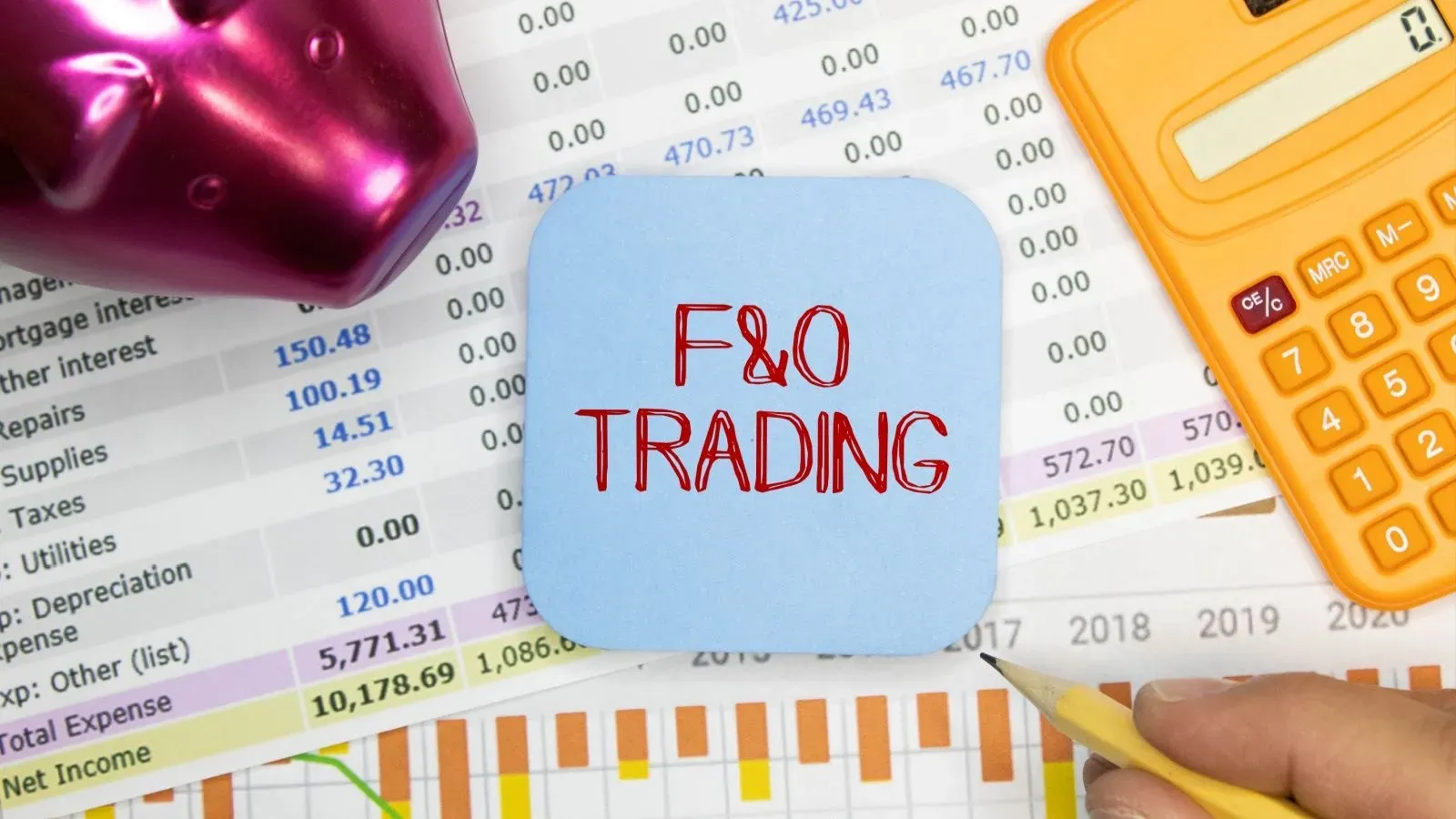Rebate Barrier Options: A Complete Guide For Beginners
Written by Upstox Desk
Published on July 31, 2025 | 6 min read

Summary:
Rebate barrier options are a type of exotic option that offers investors a rebate if the option expires worthless. These are commonly used to mitigate risk and protect investments in the derivatives market. In this blog post, we will give you a complete guide to rebate barrier options. We will explain what they are, how they work, and why you might want to use them.
Ever received money back after realising you've overpaid? That's a rebate in action. It's like getting a portion of your tax returned when you've paid more than required, or perhaps some of your rent when you've given more than what was due. Now, take this idea to the financial market, and you're talking about rebate barrier options.
But how does a rebate fit into the world of options trading? In rebate barrier options, you receive a rebate when the price of what you're trading - the underlying asset - hits or goes beyond a specific price. This specific price is called a barrier. Think of a barrier as a switch that can turn the option on or off, or even alter how much you stand to gain or when the option ends. But we're just scratching the surface here. Let's get into the details.
What are rebate barrier options?
A rebate barrier option is a unique type of exotic option that hinges on certain price levels, referred to as barrier prices. Should the price of the underlying asset meet or surpass these barrier prices, you receive a fixed rebate. What's more, even if the option concludes without yielding a profit, or lands 'out-of-the-money' (not meeting its profit criteria by its expiration), you still pocket this rebate.
Why do traders use rebate barrier options?
Rebate barrier options are versatile financial tools that traders use to hedge risks or take advantage of large, frequent, and unpredictable price movements. Here are some of the reasons why traders use rebate barrier options:
- Hedging: It is a strategy traders use, similar to how we opt for insurance to safeguard our valuables. By taking an opposite position to their primary investment, traders can protect themselves from unexpected financial downturns. In this context, rebate barrier options offer a valuable tool. Traders set a barrier price, and if the asset's price moves in an undesired direction, they receive a rebate, mitigating potential losses.
- Speculation: It involves making predictions on future price movements. While it carries inherent risks, rebate barrier options provide a layer of security. If a trader's prediction doesn't align with the market, and the asset's price reaches the set barrier, they still earn a rebate, offering a buffer against the unpredictability of markets.
- Arbitrage: It is another strategy where traders capitalise on price differences across different markets. They purchase an asset at a lower price in one market to sell it at a higher price in another. Rebate barrier options enhance this approach. If a trader identifies a barrier to the price difference between markets, they can buy the option at a more favourable rate. Should that barrier price be hit, they secure a rebate, ensuring profitability regardless of the option's outcome.
Understanding different rebate barrier options
Rebate barrier options, as a term, might sound singular, but they cover a variety of options tailored for distinct trading scenarios. Here are the following:
-
Knock-in options: These options start dormant and only spring to life when the underlying asset's price hits a certain mark.
-
Up-and-in options: This option activates when the asset's price rises to a predetermined level. For instance, if a trader predicts that a stock, currently trading at INR 500, will touch INR 510 before it becomes a viable trading option, they might opt for an Up-and-In. The option activates only when the stock price hits INR 510.
-
Down-and-in options: This option comes into play when the asset's price drops to a set level. Alternatively, if a trader predicts that a stock, priced at INR 100, will first drop to INR 90 before making a rebound. They would choose a down-and-in option, which activates once the stock descends to INR 90.
-
Knock-out options: These options are in play right from the beginning but become inactive when the asset's price touches a set barrier.
-
Up-and-out options: This option is a bit like setting an upper limit. If you're a trader with an option on a stock priced at INR 100 and you believe its value will rise, you might set a threshold at INR 110. If the stock touches or surpasses this price, the Up-and-Out option terminates, ending its activity.
-
Down-and-out options: Conversely, a down-and-out option sets a lower boundary. Imagine you have an option on a stock at INR 100, but you're wary of its value decreasing. You might establish a floor at INR 90. If the stock dips to this price or goes below, the down-and-out option wraps up its role in the trade.
Pros and cons of rebate barrier options
Rebate barrier options have become a popular choice among traders due to their unique features and potential benefits. However, like any financial instrument, they come with their own set of advantages and drawbacks.
Advantages
Here are some of the pros to consider:
- Rebate feature: One of the most attractive features is the rebate. Even if the option expires "out-of-the-money", traders can still receive a predetermined amount, offering a cushion against potential losses.
- Cost-effective: In many cases, rebate barrier options can be less expensive than their vanilla counterparts, making them an attractive choice for budget-conscious traders.
- Flexibility: These options offer traders the flexibility to set specific price barriers, allowing them to tailor their strategies based on market predictions and risk appetite.
Drawbacks
Some common downsides to keep in mind:
- Complexity: Rebate barrier options are more complex than standard options. This can be daunting for beginners, requiring a steeper learning curve.
- Limited availability: Not all brokers offer these options, limiting their accessibility to traders.
- Risk of early termination: Especially in the case of knock-out options, there's a risk that the option might become inactive before its expiration date if the asset's price touches the set barrier.
Wrapping up: Key points to remember
- When choosing rebate barrier options, ensure they align with your trading goals. You might safeguard investments with knock-in options or leverage short-term price shifts with knock-out options.
- Asset prices often react to external factors like economic announcements or geopolitical events. Staying informed about these can guide your strategy decisions more effectively.
- The financial market constantly evolves. Strategies that succeed today might not work as well tomorrow. So, it's crucial to revisit and refine your approaches regularly to stay competitive in trading.
Want to learn more about options trading? Check out these resources on our website.
About Author
Upstox Desk
Upstox Desk
Team of expert writers dedicated to providing insightful and comprehensive coverage on stock markets, economic trends, commodities, business developments, and personal finance. With a passion for delivering valuable information, the team strives to keep readers informed about the latest trends and developments in the financial world.
Read more from UpstoxUpstox is a leading Indian financial services company that offers online trading and investment services in stocks, commodities, currencies, mutual funds, and more. Founded in 2009 and headquartered in Mumbai, Upstox is backed by prominent investors including Ratan Tata, Tiger Global, and Kalaari Capital. It operates under RKSV Securities and is registered with SEBI, NSE, BSE, and other regulatory bodies, ensuring secure and compliant trading experiences.





















